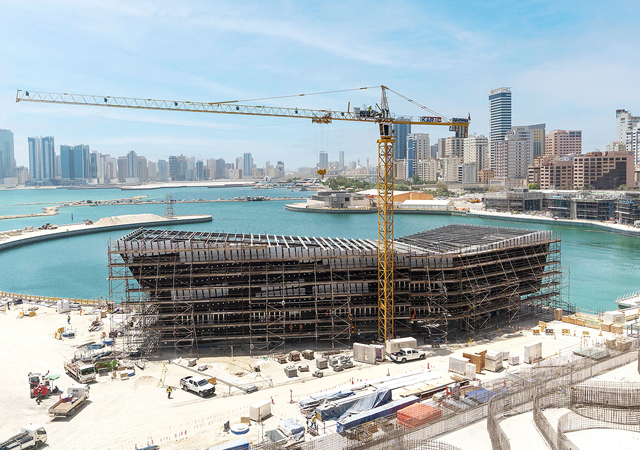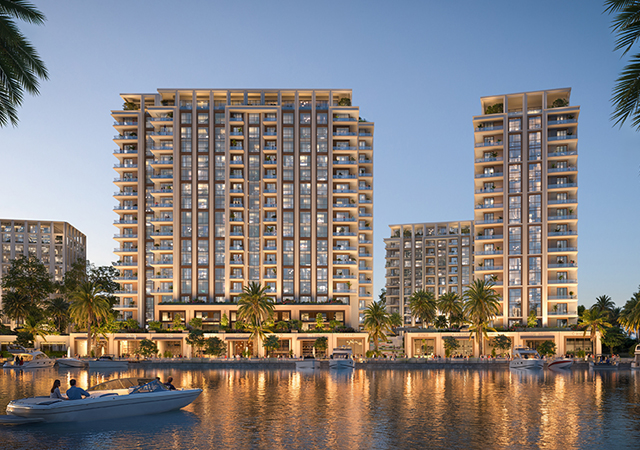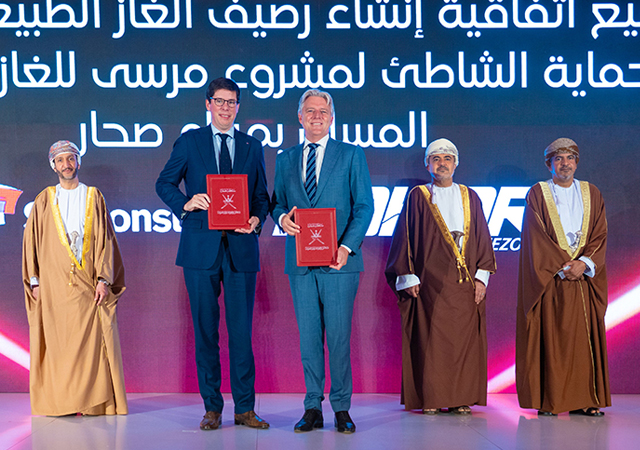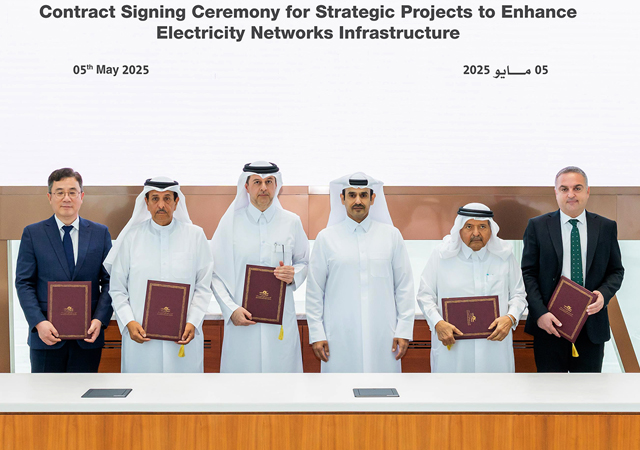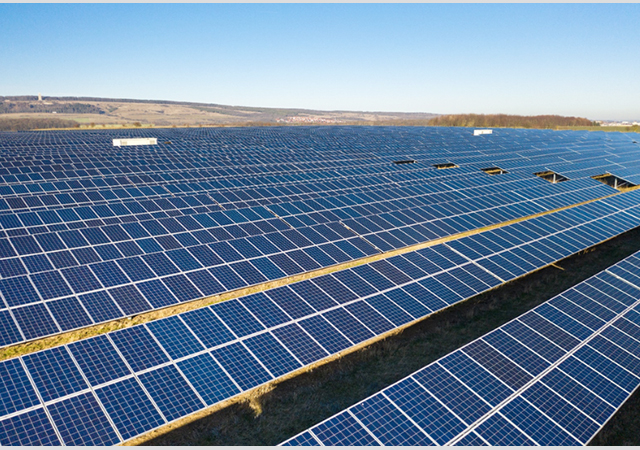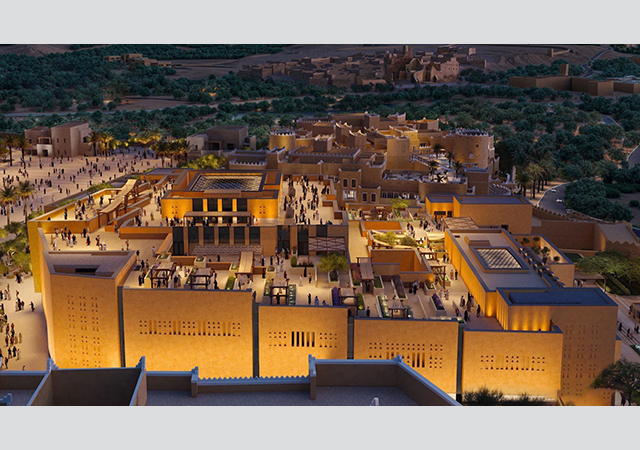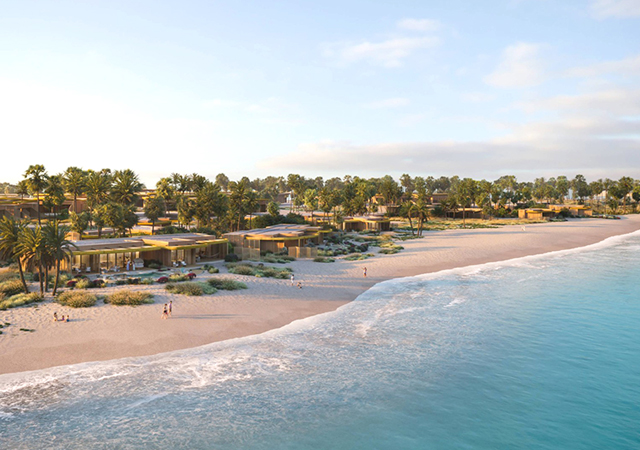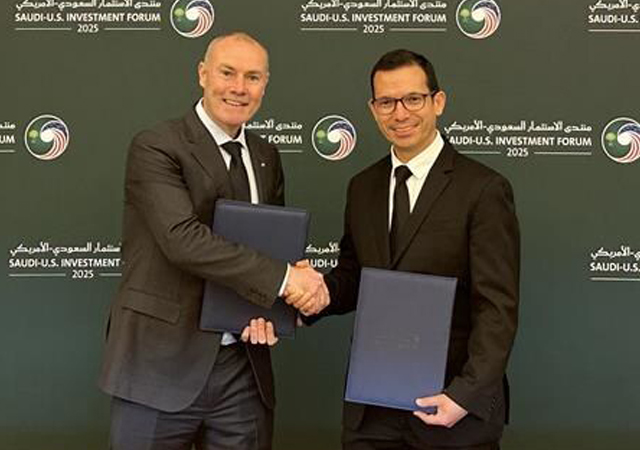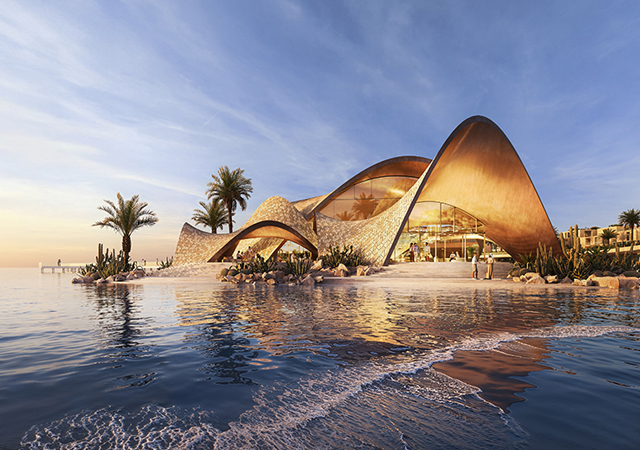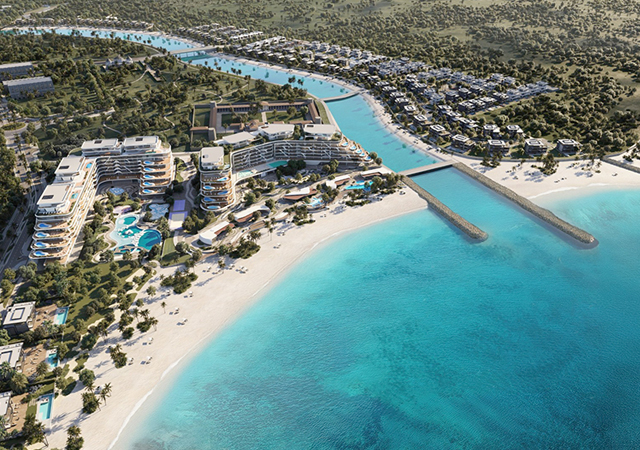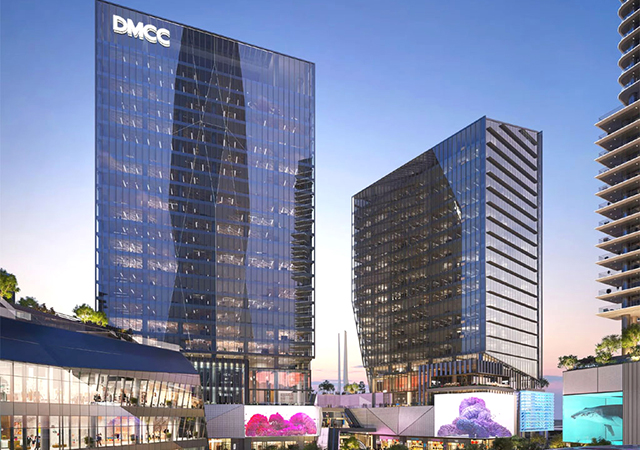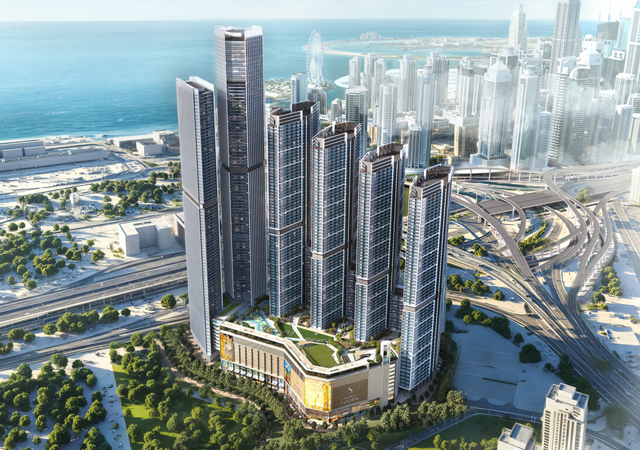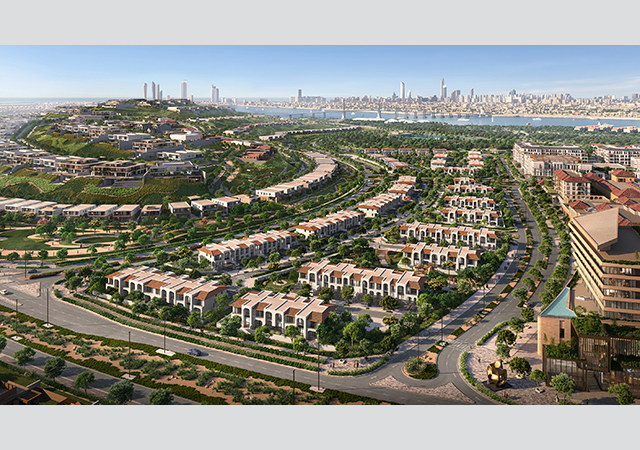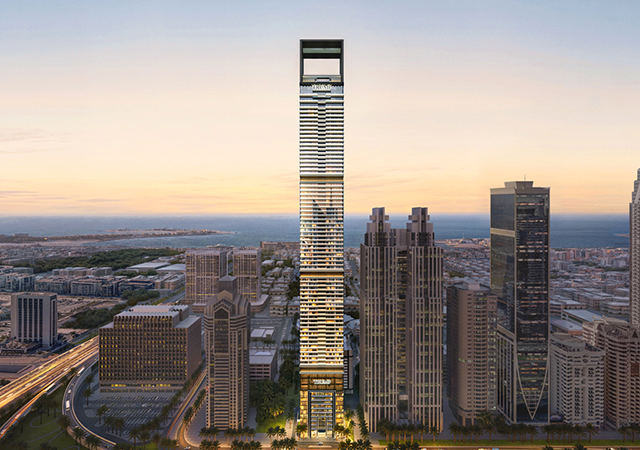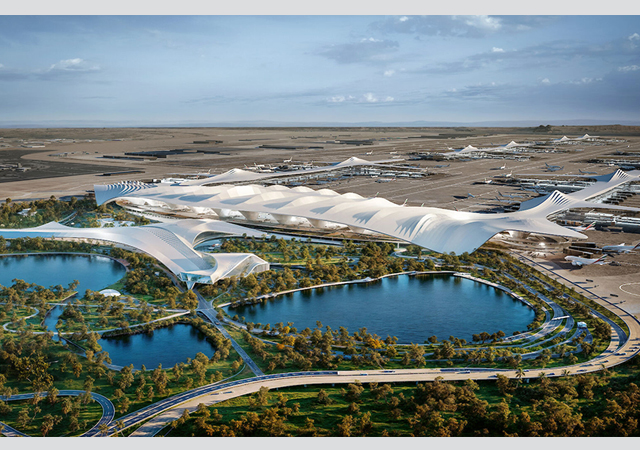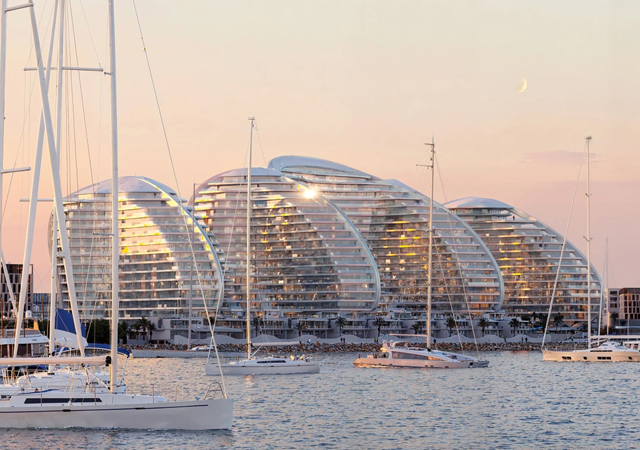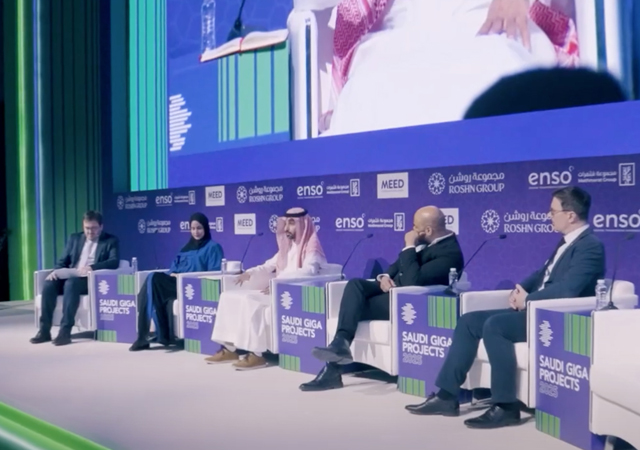
 SSAB’s lightweight dumper body ... strong.
SSAB’s lightweight dumper body ... strong.
SSAB, a world leader in the development and production of advanced high-strength steel, says that the weight of mobile construction equipment has a direct bearing on carbon emissions, adding that lighter weight machines is the way forward towards environment-friendliness and higher productivity.
The Swedish company, which has its regional office in Sharjah, UAE, is now aggressively promoting the attributes of high-strength steel in line with the efforts being made by the Gulf region to safeguard the environment.
“There are many weighty reasons to save weight, especially for equipment that’s moving,” says D P Khullar, regional sales manager of SSAB. “Every kilogramme saved increases payload capacity, causes less pollution and boosts the bottom line – and that trend is here to stay. The whole world thinks lighter is better and the fastest way to achieve that is with advanced high-strength steel.”
He adds that choosing advanced high-strength steel is increasingly important today because of environmental reasons.
According to Jan-Olof Sperle, adjunct professor in lightweight design, high-strength steel benefits almost every construction. “Advanced high-strength steel makes it possible to achieve up to 40 per cent weight savings. That’s good for the environment, finances, productivity and several other areas,” he states.
 |
SSAB started developing high-strength steel during the 1980s, but it was mainly during the past 15 to 20 years that the benefits of steel have really been leveraged and demand has rocketed, according to Khullar.
“There is a huge need for materials that can help reduce weight and fuel consumption and thereby contribute to lower carbon emissions,” he says, adding that high-strength steel provide a solution.
“This is where high-strength steel delivers real leveraging results,” says Sperle. “Just by letting one tonne of high-strength steel replace conventional steel on a truck bed, you will reduce carbon emissions by eight tonnes. This is both in the manufacture of the steel and use of the vehicle. It is during the latter phase, above all, that new, modern steel delivers savings. Every kilogramme saved benefits both the bottom line and the environment.”
SSAB has maintained close ties with machinery manufacturers and has obtained constant feedback from them. For instance, Joachim Larsson, head of structural technology at SSAB’s Knowledge Service Centre in Borlänge, Sweden, frequently meets with crane manufacturers to discuss development projects. “Advanced high-strength steel is vitally important for that (crane) market,” he says. “A light final extension immediately provides better lift capacity and thereby increases competitiveness for those marketing such cranes.”
Larsson also highlights another area where SSAB’s top products deliver real benefits. “Car manufacturers were really early to introduce advanced high-strength steel. Initially, it was about safety. Advanced high-strength steel made it possible to make cars where the driver and passengers were protected in the event of an accident.”
Technical experts at SSAB’s Knowledge Service Centre are already involved in research and development projects with customers, he says. “By thinking advanced high-strength steels from the start, customers can ensure that they get the most benefit from the materials. We have extensive experience and a fantastic knowledge base that customers can access,” he adds.
SSAB is a global leader in value-added, high-strength steel. It has developed a high level of expertise regarding the manner in which high-strength steels can create environmental and productivity advantages for customers and end-users. The company cooperates with customers in the development and design of new products, which has helped forge long-term relationships and increased sales of products.
SSAB is constantly engaged in identifying new sectors and markets for high-strength steels and is committed to research and development projects that help identify new applications and focus on knowledge transfer between different market segments.
SSAB has employees in over 45 countries and operates production facilities in Sweden and the US.




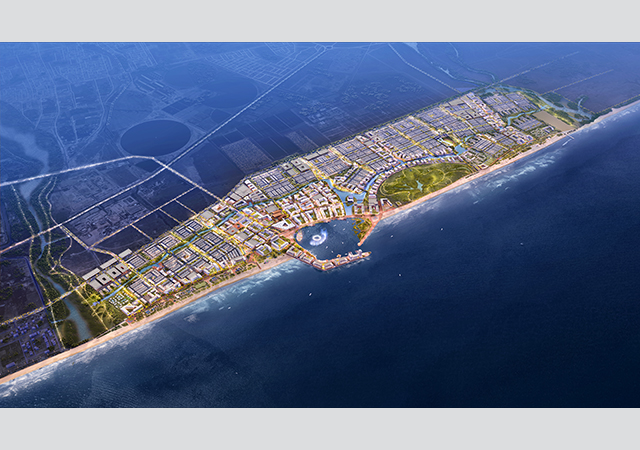


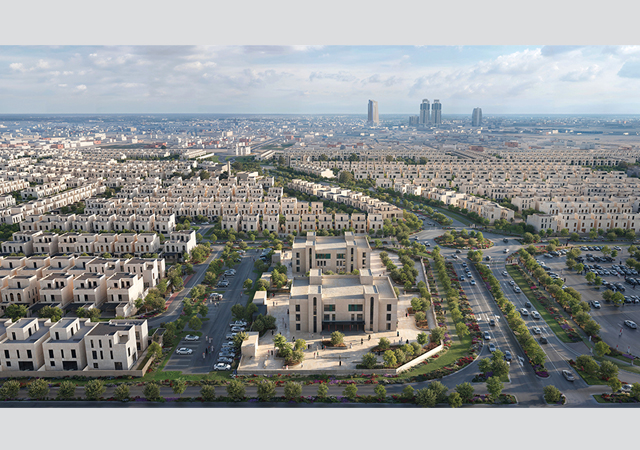
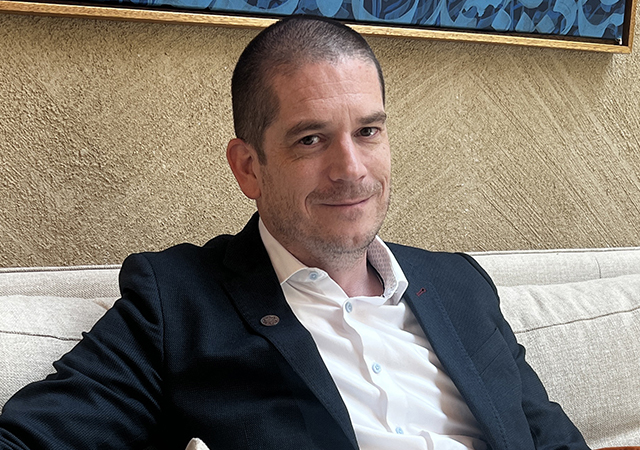

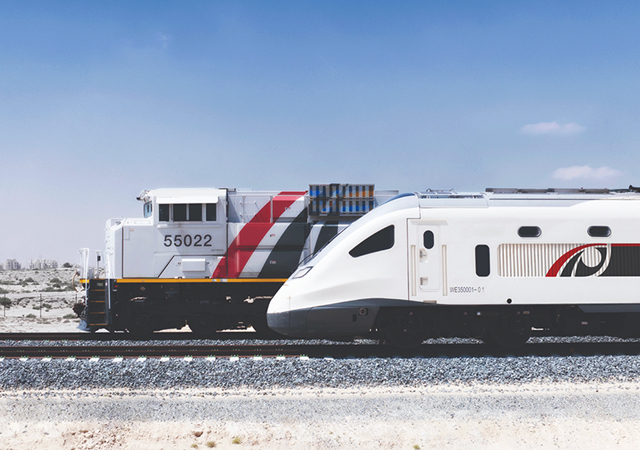
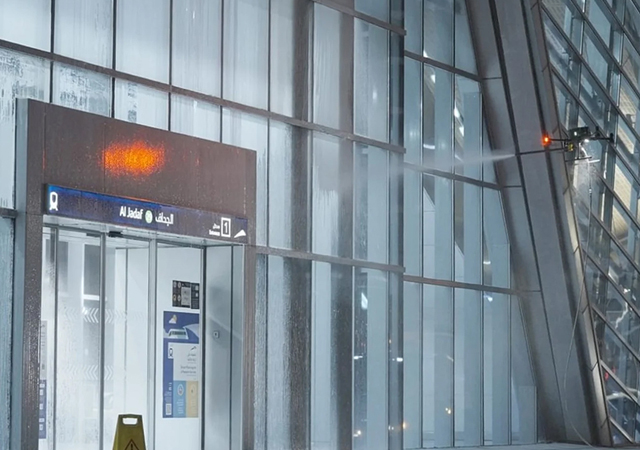

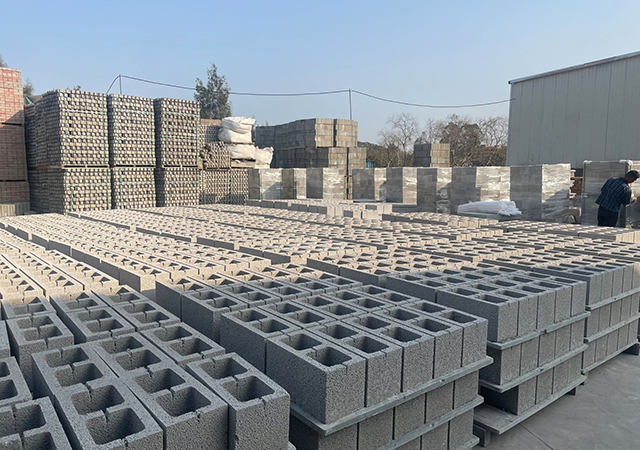


.jpg)
.jpg)
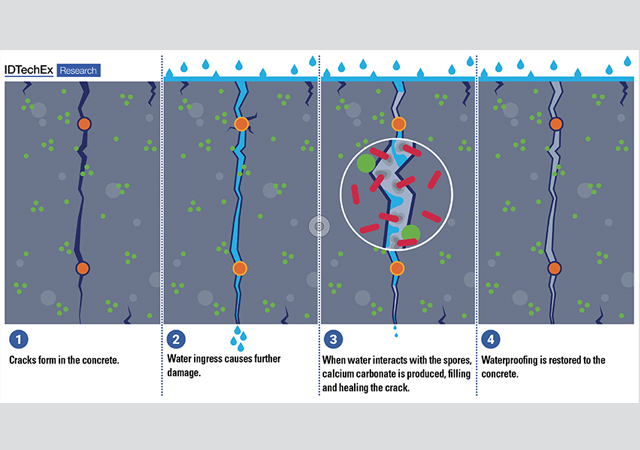
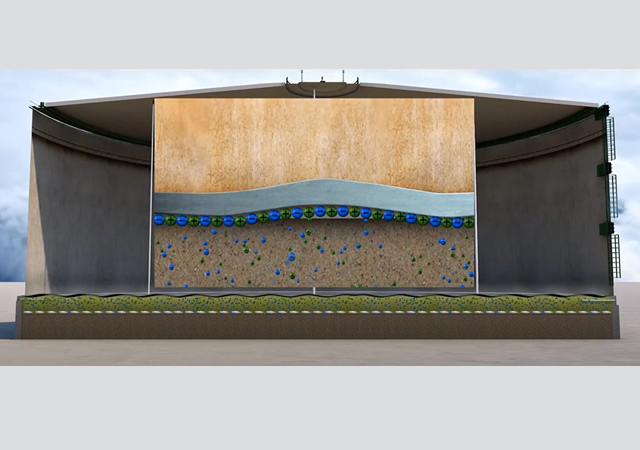
.jpg)
.jpg)
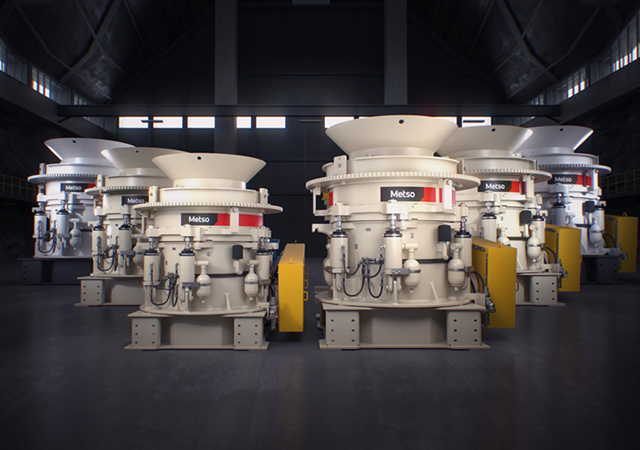
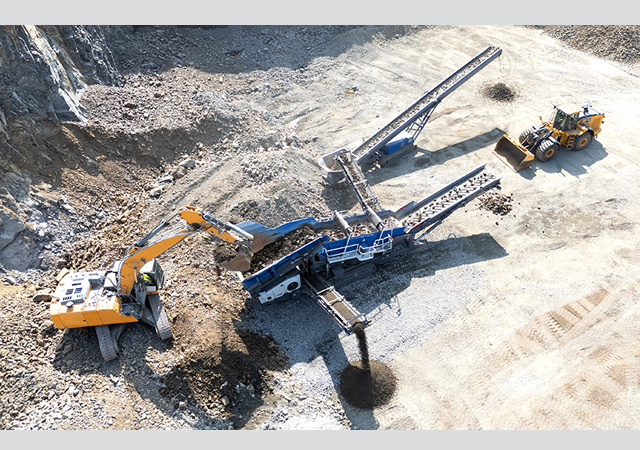
.jpg)
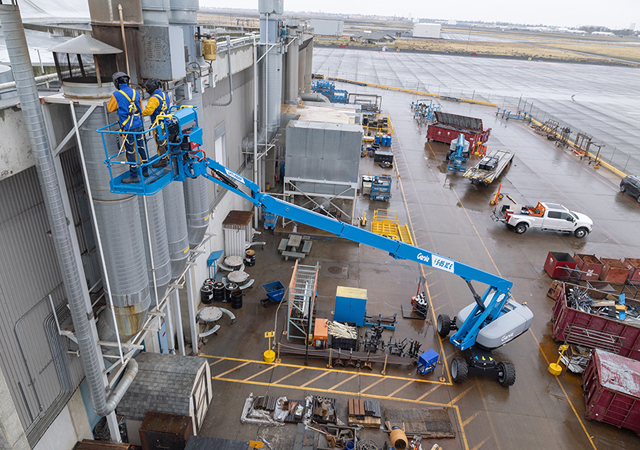

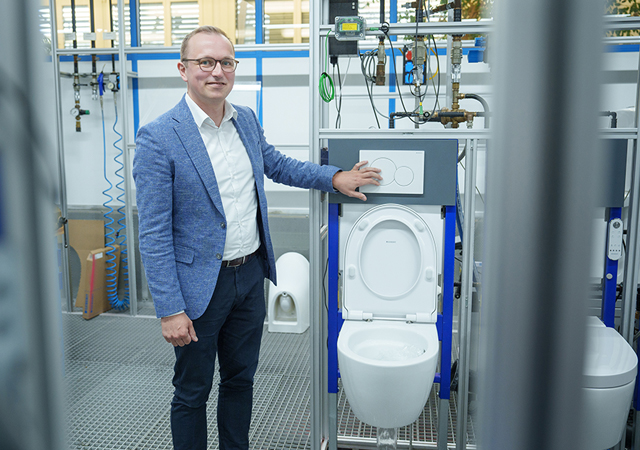

 Doka.jpg)



